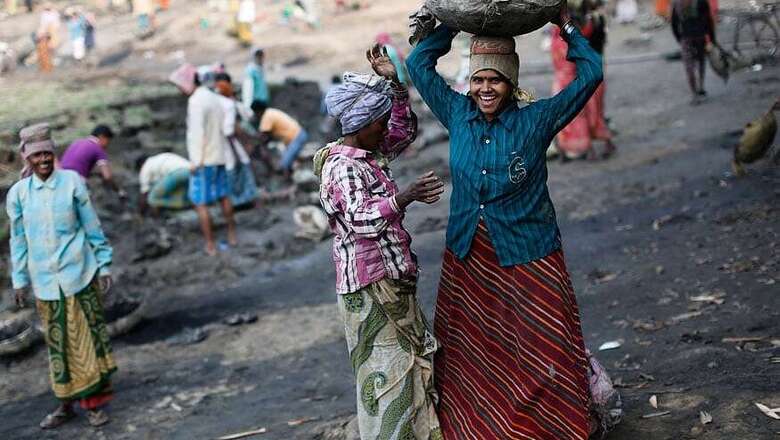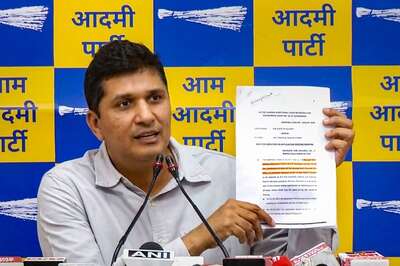
views
New Delhi: India is one of the emerging economic giants of the 21st century. It is also paradoxically one of the most unequal countries when it comes to gender relations, ranking 87 out 144 countries in the World Economic Forum’s 2016 Global Gender Gap report.
In 2005 the National Rural Employment Guarantee Act was enacted and it has since played an outsize role in increasing rural women’s workforce participation and ensuring equal pay for equal work. By empowering women economically it has also had tangential benefits on child literacy and health.
NREGA has had a disproportionate impact on closing the rural wage gap. Starting with its stated goal of ensuring “no discrimination on the basis of gender in payment of wages”, studies have shown the positive impact of the pro women provisions in the Act.
Equal wages, predictable working hours, female involvement in the social audit process, work sites at manageable distances and direct payment of wages into bank accounts helps to further empower women.
The Act provides for worksite crèches in case there are at least 5 children under the age of six at the site. One woman will be designated to provide childcare and be paid the full day’s wage.
Further, NREGA has also addressed the pay gap by mandating that equal work will get equal pay. And although the payment at worksites is benchmarked to the NREGA minimum wage, transferring it online to individual bank accounts has ensured an income stream for women independent of their husbands.
“NREGA was an important intervention, especially in North India, because the opportunities for paid work for women were limited,” Reetika Khera, who teaches economics at IIT-Delhi and has conducted field surveys on NREGA told News18.
In the Pre-NREGA era employment opportunities for rural woman ranged from agricultural work (which is seasonal), mid day meal or anganwadi centres. And the pay gap for men and women was high. NREGA has reduced it to a large extent.
“The wage gap in NREGA tends to be lower, almost the same for men and women,” Khera added.
NREGA consists of manual labour at work sites which have to be located within 5 km of the applicant’s residence. The workers are paid the minimum wage, which differs statewise, but ranges from Rs 180-250 per day.
Till 2008-09 payments were made by cash and women would go independently to pick up their wages. But since then payments can only be made into bank accounts through online transfers. Although this has reduced corruption to some extent, it may also have affected women getting their hands on their money since a lot of accounts tend to be joint accounts, or are in the husband’s name.
Abhijit Sen, a former member of the Planning Commission and an economics professor at Jawaharlal Nehru University, sounds a note of caution.
“NREGA is not entirely gender blind, but the wage gap between men and women is lower than in other types of unskilled work,” he told News18.
There are also indications of improved outcomes in health, education and infant malnutrition through the Employment Guarantee Act. Studies have found evidence of reduced infant malnutrition because of improved food security due to NREGA wages and improved height-for-age among older children.




















Comments
0 comment